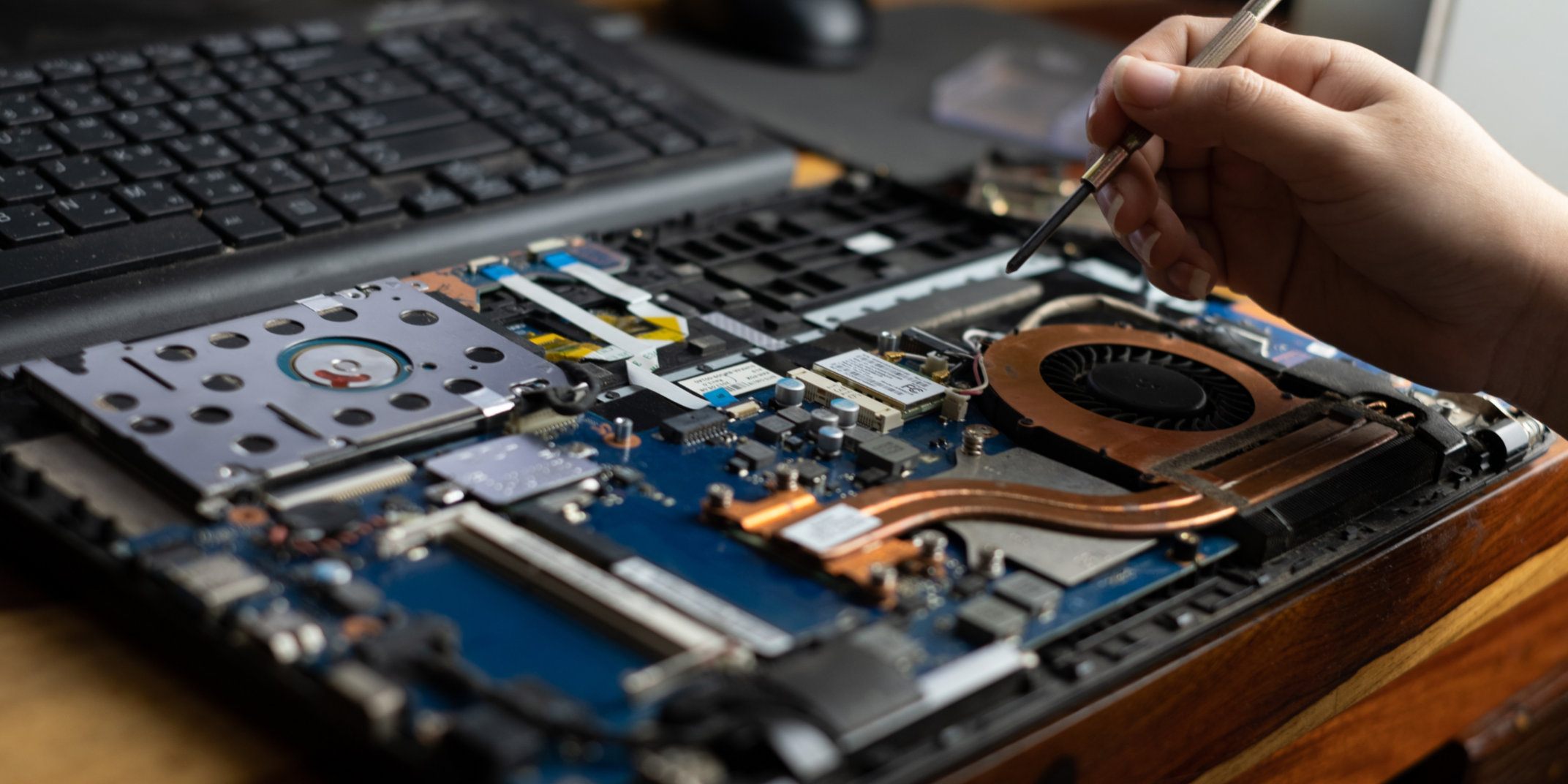In today’s digital age, Chromebooks have become an essential tool in K-12 education, providing students with the resources they need to enhance their learning experience. As schools invest significantly in these devices, ensuring their longevity becomes a priority. By adopting effective maintenance and care strategies, schools can maximize the lifespan of their Chromebooks, ultimately saving costs and enhancing the educational experience. This blog will explore practical tips and best practices for students and educators to keep Chromebooks in optimal condition.
Daily Care and Handling:
Proper handling of Chromebooks is the first step towards ensuring their longevity. Students should be taught to carry their devices with both hands to avoid accidental drops. Using protective cases can also minimize the risk of damage when transporting Chromebooks. Additionally, reminding students to keep food and drinks away from their devices can prevent spills that could damage the internal components.
Regular Cleaning:
Keeping Chromebooks clean is crucial for maintaining their functionality. Dust and grime can accumulate over time, potentially causing overheating or other issues. Students or school staff should use a soft, lint-free cloth to wipe down the exterior and keyboard regularly. For the screen, a microfiber cloth slightly dampened with water can be used to remove smudges and fingerprints. It’s important to avoid using harsh chemicals or sprays directly on the device.
Software Maintenance:
Regular software maintenance is as important as physical care. Encouraging students to keep their Chromebooks updated ensures they have the latest security patches and features. Periodically restarting the device can help clear out temporary files and improve performance. Students should also be taught to manage their files and applications, deleting unnecessary data to free up storage space and enhance the device’s speed.
Battery Care:
Proper battery maintenance can significantly extend the lifespan of Chromebooks. Students should be instructed to charge their devices before the battery level drops too low, ideally keeping it between 20% and 80% to maintain optimal battery health. Unplugging the charger once the device is fully charged can also prevent overcharging, which can degrade battery performance over time.
Professional Servicing and Repairs:
Despite best efforts, Chromebooks may occasionally require professional servicing. Establishing a routine check-up schedule with IT staff can help identify and address minor issues before they escalate. Schools should have a clear protocol for reporting and repairing damaged devices, ensuring minimal disruption to students’ learning.
Educating Students and Staff:
Ultimately, the success of these maintenance strategies hinges on the education and cooperation of both students and staff. Regular workshops or training sessions can equip everyone with the knowledge and skills needed to care for Chromebooks effectively. Creating a culture of responsibility and respect for school property can go a long way in maintaining the longevity of these valuable devices.
Conclusion:
Maximizing the lifespan of Chromebooks in K-12 settings is a collective effort that involves careful handling, regular cleaning, proper software maintenance, and battery care. By educating students and staff on these best practices, schools can protect their investment and ensure that Chromebooks remain a reliable tool for enhancing education. With diligent care and maintenance, Chromebooks can continue to support and enrich the learning experiences of students for years to come.
Enhancing the Learning Experience with Chromebook Accessories Enhancing the Learning Experience with Chromebook Accessories







